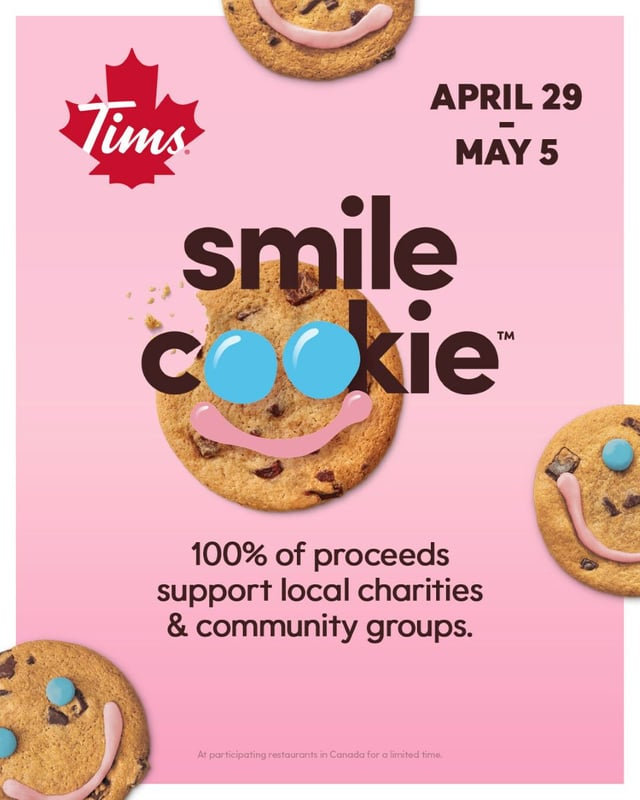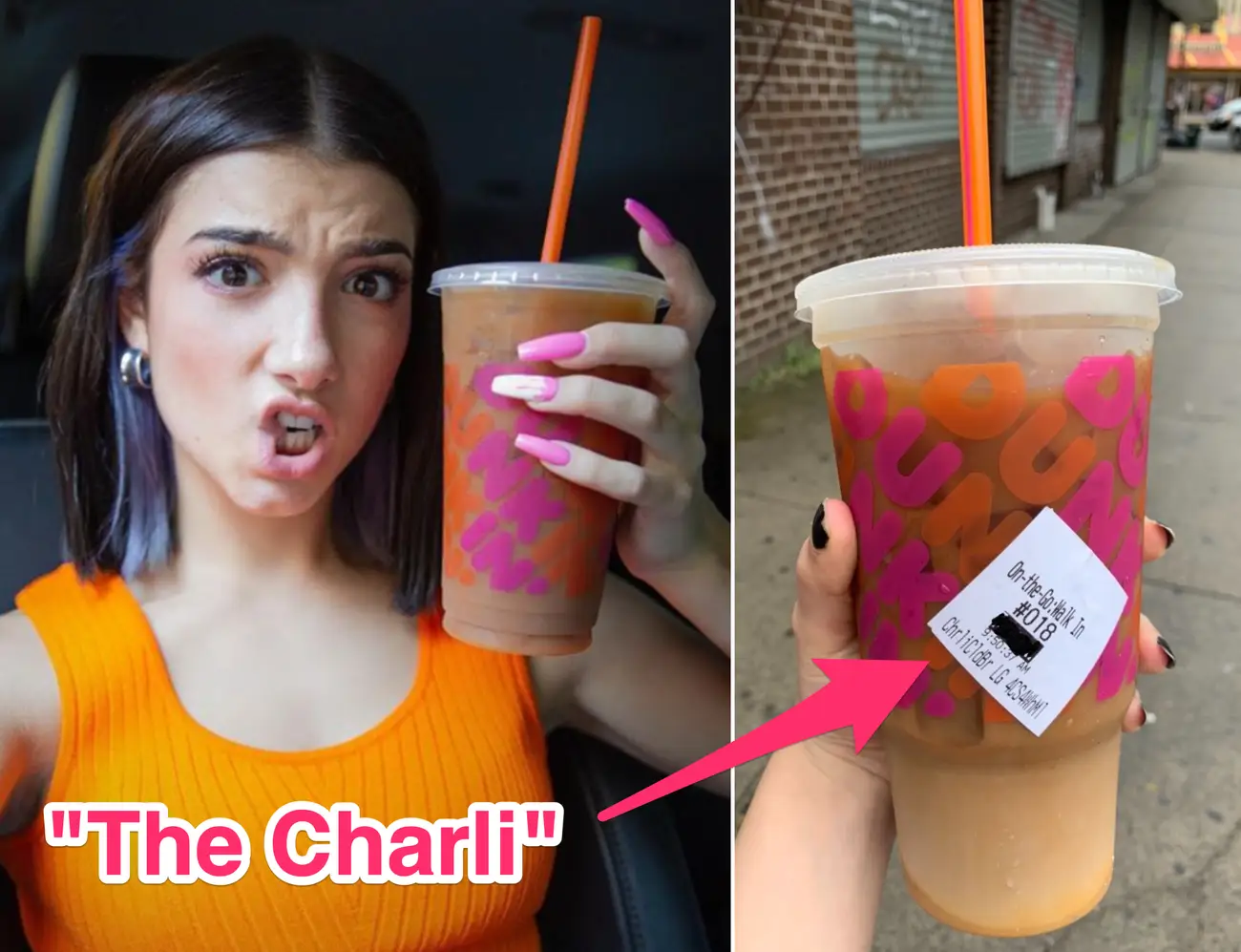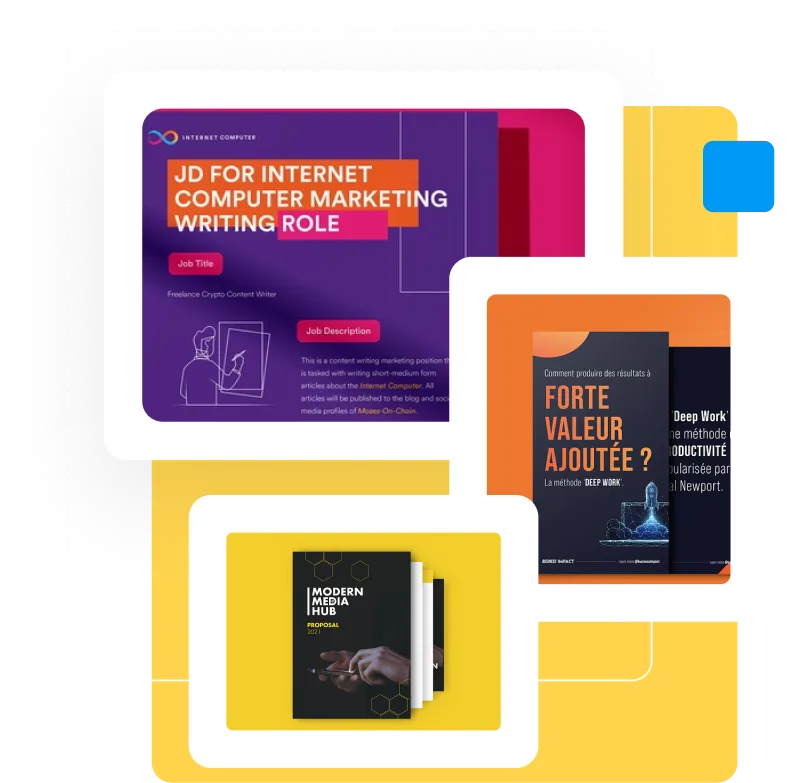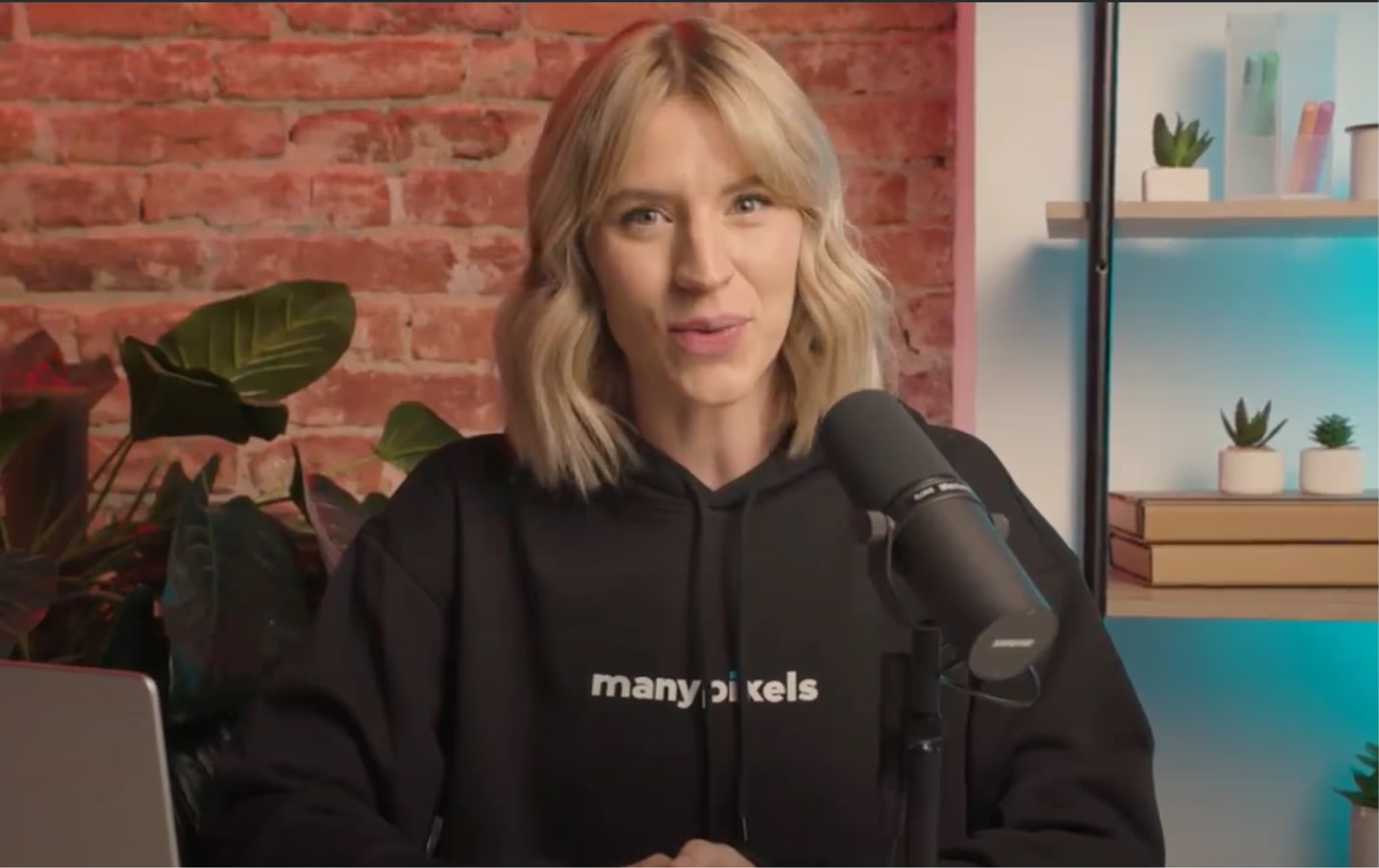

Fast Food Marketing Tips and Tricks You Need to Know
McDonald’s, Burger King, Wendy’s - learn from the top players to set up a results-driven marketing strategy for fast food restaurants!

.svg)
Table of Contents

With millions of local restaurants, and a powerful network of major players, the fast food industry is nothing if not competitive. Here are all the tips and ideas to ensure your fast food marketing delivers results and long-term success.
The global fast food market was estimated at $645.2 billion in 2024, growing to $663.9 billion in 2025, representing a 2.9% CAGR year-over-year. In America, around 37% of adults consume fast food daily, or 2-2.4 times per week on average.
So, even in the current economic state, a fast food restaurant can be a great business venture. Of course, it’s never only about the food. If you want to succeed, you’ll need a top-notch marketing strategy for fast food restaurants. Here are 15 tips to help you get started.
{{GENERAL_PORTFOLIO="/dev/components"}}
Strategy first, implementation later
The premise of a fast food restaurant is pretty simple: delicious, cheap food, served quickly. So, many small businesses think that fast food marketing is just dozens of flyers and food ads out in the ether.
But just like any other business, your foundation should be a well-thought out fast food marketing strategy. Here are some core elements that you’ll need to define:
- Target audience: Don’t just define who they are, focus on their pain points, aspirations and where you can reach them.
- Vision and tone of voice: It’s never just a fast food restaurant. Like every successful brand you should figure out what the big picture is (e.g. healthy options in a fast food environment), and how you communicate that.
- Channels: Picking the right channels for your digital marketing is almost as important as the campaigns themselves.
Goals and KPIs: You can’t adjust your marketing strategy without clear objectives and data. Make sure you know what you’re aiming for, and track your progress along the way.
Genius placement of billboard signs
This might not be that new of a trick, since it’s known to be one of the first growth hacks in marketing history. Placing a billboard with a juicy meal at the exit of a highway, or nearby a petrol station proves to be a strategy that McDonald’s uses for a very long time. Assuming that people are stuck in their car for a long time and hungry and in need of a break, letting them know that you’re always open and easily accessible is a gamechanger.

Collectibles for children
This is another marketing strategy that we have McDonald’s to thank for. Reaching a demographic known to have a very limited palate isn’t easy, and for a restaurant to be appealing to 8 year-olds is almost impossible. But, getting collectible action figures with kids’ meals was all the hype back in the 90s, and I’m sure today’s youth can also agree. Children’s food tastes better when you get a toy with it!
Limited offers
Limiting menu items for a certain time period or offering limited offers to encourage loyal customers to get a package deal is a well-proven strategy. It’s a simple psychological reaction: you offer exclusivity, elusiveness and induce the fear of missing out, and people want to buy something.
A great example of how popular a special offer can be is the comeback of the McDonald’s Szechuan teriyaki dipping sauce. It was a limited menu item when the Disney film “Mulan” was released in 1998, and it came with Mulan toy (one out of a set of eight). Fast-forward to 2017, the pop-culture phenomenon “Rick and Morty” releases an episode where one of the titular characters goes back in time in his memory to once again experience the epic Szechuan sauce. The smart marketing executives at McDonald’s re-released a limited time offer of the sauce, which sold out in less than a day.
Good use of color
Notice how all fast food chains seem to use the same colors in their branding and logo design? Burger King to McDonald’s, Pizza Hut to Domino’s, KFC to Del Taco… all these huge players in the United States use the color red for their fast food logo. Why you might ask? It awakens appetite and encourages food consumption.
Red evokes a sense of urgency, and also our ancestors knew that fruits that are red are ripe. Millenia later, we know that it means good junk food. Close enough, right?

Loyalty programs
One more way to encourage customers to come back is to offer them a loyalty and reward program. Be it stamps on a loyalty card that mark their visit and on the 10th you offer a free meal or a point-collection system, or a priority to try a limited offer on a new product, people enjoy being rewarded. Of course, the value of the product should correspond with what they’re spending to get it, so no person is at a huge loss.
Unique social media
In recent years, many big brands have turned to social media for direct, non-filtered, and often transparent communication with customers. Be it a behind-the-scenes post of how the products are made, great food photography, or just saying the right thing at the right time, X, Instagram and other social networks can help your brand be out there.
One of the most epic examples of this is Wendy’s, a fast food chain whose marketers aren’t afraid to get their hands dirty and roast some competition and fans.



Of course, the world doesn’t work the same way for small businesses. But sometimes, social media can help a small food truck become a mega-popular spot for foodies. Kogi in LA is a food truck run by chef Roy Choi, who became the inspiration for the film “Chef”. As an intern in a Michelin star restaurant, Choy decided to travel from town to town, and make simple tacos and sandwiches. People posted about it on Twitter so much that a few days later there were lines in front of the truck.
Start challenges
Another way to get your social media buzzing is to start a challenge. There’s no one way to do it right, but a few things are usually recommended.
Using a popular song or format is recommended. A little bit of humor goes a long way. Finally, the best challenges are those tied directly to your product.
One good example to learn from is Chipotle’s #GuacDance Challenge launched in celebration of National Avocado Day in 2019. The brand invited TikTok users to post videos of themselves dancing in honor of guacamole, leveraging the platform’s love for fun, short-form choreography.
In just six days, it became TikTok’s highest-performing branded challenge in the U.S. at the time, generating over 800,000 video submissions and 250,000 app downloads. The campaign also drove record-breaking digital sales for Chipotle, proving the power of pairing a trending social media format with a free product incentive (free guac with any order).
Interactive packaging
Packaging is hugely important for quick service restaurants. First and foremost, many people prefer to have the food to go, so the packaging needs to be quality and sturdy enough to keep the food safe.
However, great packaging can also improve the customer experience and become a great marketing tool.
One great example is Burger’s King’s “Burn that Ad” campaign. In Brazil, Burger King packaging and app allowed users to virtually “burn” competitors’ ads using AR, revealing a free Whopper coupon.
It’s a great way to build brand loyalty by engaging customers in a game-like activity. And all of that through great use of packaging design.
Community involvement
Younger generations (gen Z, millennials) of consumers are increasingly drawn to brands that value sustainability and social responsibility. When picking a cause to get behind, it’s best to choose something that’s close to your brand. For example, it might be ironic for a fast food restaurant to get behind a marketing campaign against child obesity. However, sustainable food sourcing would be a great and organic (pun intended) fit.
A great example of making a local impact is Tim Horton’s Smile Cookie campaign. The chain sold special cookies with the proceeds going to local charities chosen by each franchise.

This successful campaign has raised millions of dollars each year, showing people love supporting local initiatives, especially with a campaign that’s close to the brand promise.
Partner with influencers
If you feel that Dunkin has had a bit of resurgence recently - you’re not mistaken. From dropping the “Donuts” from their name in 2019, to the iconic partnership with Ben Affleck, this brand has a killer marketing strategy for fast food restaurants.
An area in which they also stand out is influencer marketing. One of the best examples is their partnership with Charli D’Amelio. The influencer shared her favourite Dunkin’ drink and the brand picked up on it and put the custom drink in their offer (with her name).

The key takeaway is that the best brand collaborators are your existing customers. You don’t need someone with millions of followers - just a genuine interest in your brand.
Change according to the trends
As we already mentioned, newer generations tend to eat more sustainably, ethically and oftentimes, this means vegan and organic. There are plenty of articles such as “Millennial eating habits are killing the fast food industry”. Furthermore, research shows that 35% of millennials eat fast food less than once a week and 26% don't eat fast food at all. Millennials' decisions to eat less fast food could be linked to both changing food preferences and increased awareness of healthy eating.
In order to get to this target group, as a fast food restaurant, you need to offer a healthy, organic, vegan alternative, as well as work on your word of mouth references and social media buzz.
A great, but not a huge menu
One more thing that is important: know what you are good at, and let your menu consist of it. There are a lot of restaurants that offer hundreds of meals, but essentially, they are all the same thing in a different format. Keep your fast food menu smaller, but perfect: everything on it should be good.
If you can afford it and still be efficient, offer a deal where your customers can build their own meal with different toppings and extras, like the Subway deal where you make your own sub. It will make people feel like they are in control of their meal, and give them exactly what they crave.
Mobile delivery
Last, but not least, is that you should be mobile. Mobile delivery has become an essential driver of growth in the fast food and quick-service restaurant (QSR) industry, offering customers the convenience of ordering meals from their phones anytime, anywhere.
With the rise of mobile apps like Uber Eats, DoorDash, Glovo, and brand-owned apps, restaurants are reaching wider audiences beyond their physical locations. In fact, over 60% of U.S. consumers order takeout or delivery at least once a week, and mobile orders now account for more than 40% of total QSR digital sales, according to recent industry reports.
Features like real-time order tracking, personalized offers, and loyalty integration help increase customer engagement and retention.
Food + experience
Not even humble fast food restaurants nowadays can survive without the occasional marketing gimmick. While seasonal promotions and limited offers are all good and well, giving diners a unique experience is even better.
However, organizing a full-blown event can be complicated and costly. Still, that doesn’t mean you can’t provide your customers with a memorable experience. One great example of this comes from Shake Shack.
During the covid pandemic, Shake Shack launched its “Movie Night Kits”, a creative food and experience mashup designed to bring the dine-out vibe home. Each kit included ShackBurgers, crinkle-cut fries, drinks, and sometimes limited-edition items, paired with curated movie playlists or streaming platform gift cards.
By tapping into the rising trend of at-home entertainment, the brand stayed relevant, boosted takeout sales, and strengthened its emotional connection with customers looking for comfort and routine during uncertain times.
Conclusion
Hopefully, we’ve helped you spark a few ideas for your fast food marketing efforts. Of course, before you can develop a marketing plan, you’ll need to develop a unique brand identity.
You have to determine what makes your brand unique and develop a memorable brand design. Luckily, you don’t have to spend tens of thousands of dollars with a traditional brand design agency.
With ManyPixels you can get everything your fast food brand needs: from a logo and website, to custom flyers and eye-catching packaging, starting at just $599!
{{GRAPHIC_BANNER="/dev/components"}}
Get started today, or book a call with us to discuss your fast food marketing design needs.
Journalist turned content writer. Based in North Macedonia, aiming to be a digital nomad. Always loved to write, and found my perfect job writing about graphic design, art and creativity. A self-proclaimed film connoisseur, cook and nerd in disguise.
A design solution you will love
Fast & Reliable
Fixed Monthly Rate
Flexible & Scalable
Pro Designers








.jpg)
.jpg)
